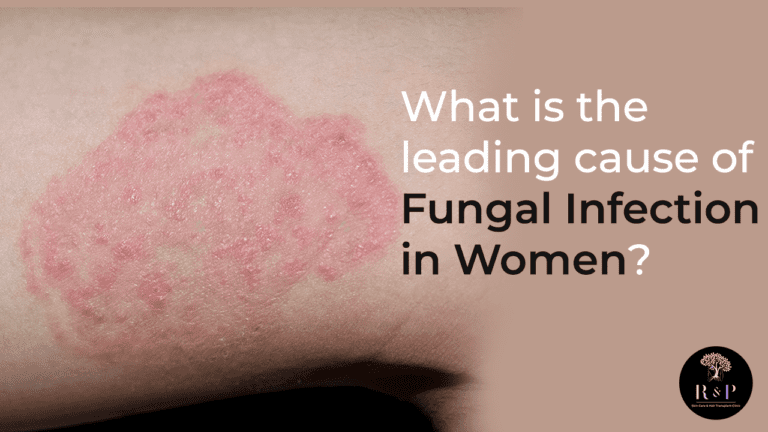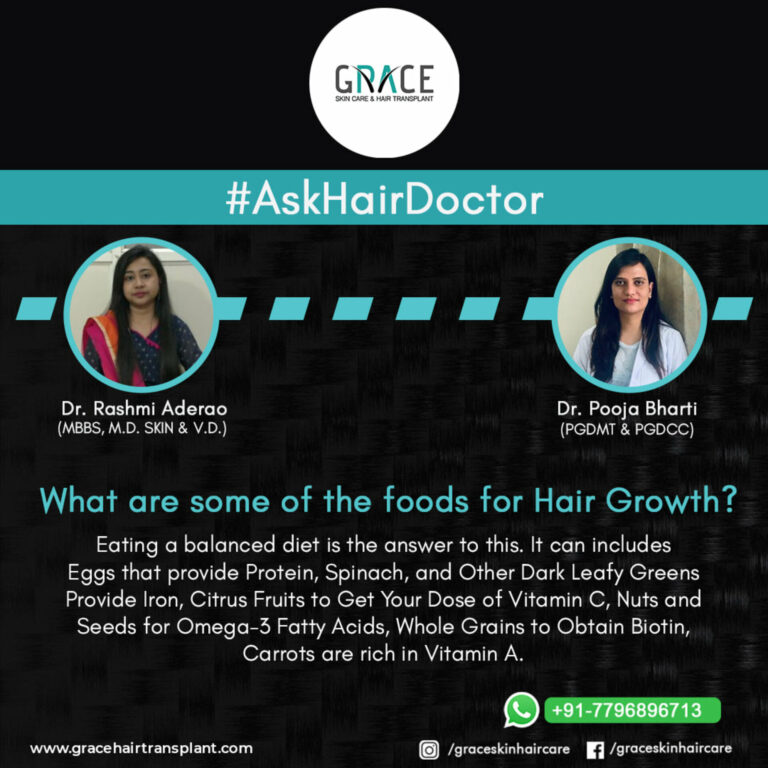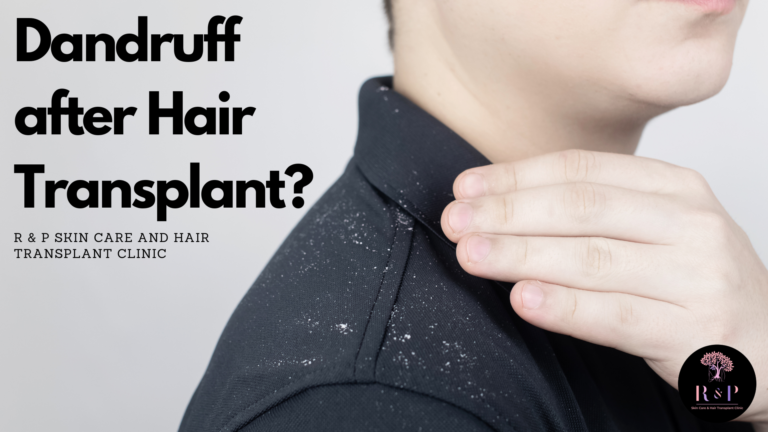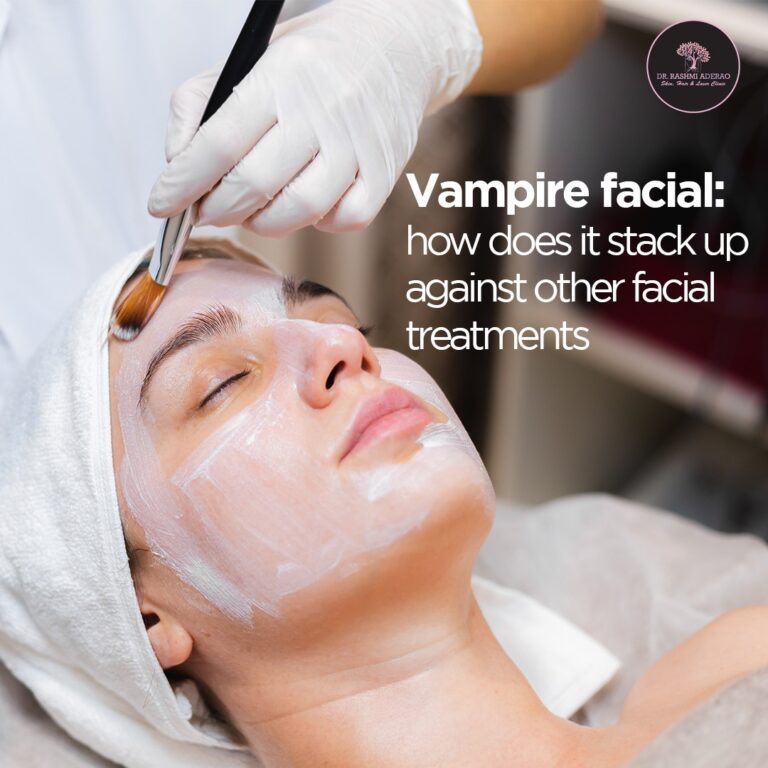Can we correct Bad Hair Transplants?
While there are many successful hair transplant stories, there are also many unsuccessful hair transplants. A bad hair transplant can cause both physical and psychological scarring.Hair transplant failure can feel like a waste of time and money. It can also feel like your surgeon has betrayed your trust by promising results but failing to deliver.
You might be dissatisfied with the procedure if you were the victim of a destructive or failed hair transplant. Nonetheless, there are some actions you can take to improve it. Many doctors specialize in corrective hair transplantation and provide a variety of highly effective treatments to correct bad hair transplants.
The current corrective treatment is follicular unit transplantation (FUT) or follicular unit excision (FUE) (FUE). Both types of hair transplant necessitate a surgical procedure and a high level of skill on the part of the surgeon, so choosing an experienced and reputable clinic is critical to a successful therapeutic hair transplant.
Why do people get bad hair transplants?
To understand how to repair a hair transplant, you must first understand what caused it. Most failed hair transplants are caused by one (or a combination of) the following factors:
- Misdiagnosis and proposed treatment
Some clinics have only one goal: to get you into the operating room. It means they may not assess the cause of your hair loss, which is critical for determining how to treat it. A hair transplant may not be appropriate if your hair loss is caused by a temporary condition such as stress or illness.
- Surgical blunders
Errors in surgery can also result in a failed hair transplant. If you work with an inexperienced or unskilled surgeon, you may experience overharvesting of follicles from your donor area, poorly designed hairlines, and patchy transplants.
- Inadequate post-surgery care
Unfortunately, patients can jeopardize the success of their hair transplant as well. You can hurt your chances of getting a good result if you don’t take care of your hair transplant. It includes actions such as:
Allowing your transplant to be exposed to sunlight
Allowing the transplanted area to be traumatized
Failure to adhere to your clinic’s aftercare recommendations
How to Repair a Failed Hair Transplant
Many people are interested in this question. It is worth noting that repairing a bad hair transplant is more complex than starting from scratch. The operation doctor must put in a lot of effort, skills, and experience.
- Camouflage Technique
One of the most common methods of correcting a bad hair transplant is to conceal grafts from previous transplants. Trichologists from reputable hair transplant clinics use micrografts in front of the large existing grafts. It can be used to hide unnatural-looking hair plugs and eventually provide a more natural hairline.
- Graft Elimination
Graft removal is another method of correcting a bad hair transplant. In this method, the trichologist carefully dissects and re-distributes existing grafts to achieve a more natural-looking finish after a hair transplant. This technique enjoys the benefit of not needing the production of new giver regions in the head, and it can likewise be utilized to disguise contributor regions.
- Homogenization
When a large amount of hair is extracted, gaps in the donor area are common. These gaps can be filled (repaired) with a subsequent transplant. Maintaining a uniform appearance and hair distribution is critical by carefully calculating graft numbers on each square centimeter. The ruined donor area can be repaired using beard hair.
Conclusion
For many people who suffer from hair loss daily, hair transplant procedures are a dream come true. The sense of relief people feel when they realize they don’t have to live another day without hair or with a balding problem is overwhelming.
Even though the success rate of hair transplants outnumbers the failure rate, it still occurs. To avoid a failed hair transplant, it is best to consult a qualified physician. Hair transplants, like any other procedure, can go wrong if not performed by an expert trichologist from a reputable hair transplant clinic.







